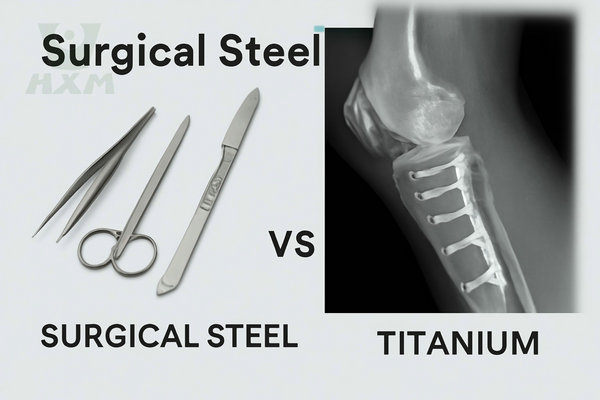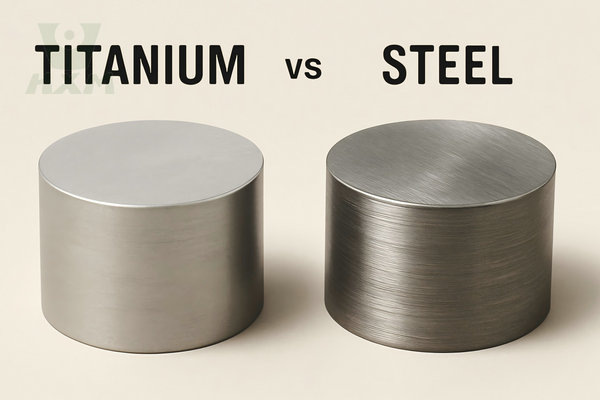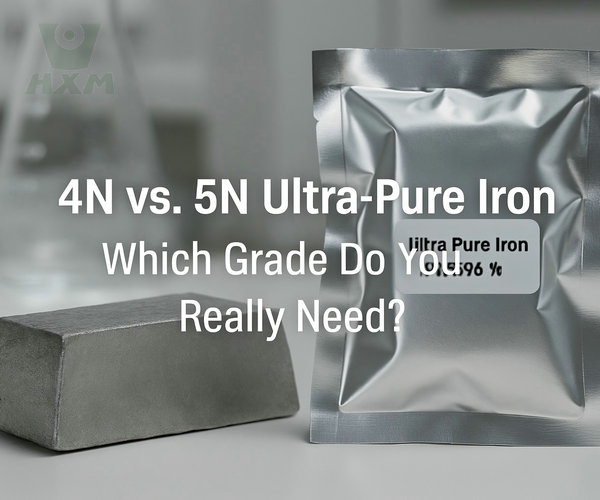In today’s engineering world, material selection is one of the key factors in ensuring project success. ASTM A36 & ASME SA36 are two common carbon structural steels that are widely used in various industrial fields. While they may seem to have many similarities, a closer look will reveal subtle differences. Let’s dive into the differences between ASTM A36 & ASME SA36 to better understand their applications in engineering and manufacturing fields.
What is ASTM A36?
ASTM A36 is a conventional carbon structural steel under the American ASTM international standard and is widely used in various structural and mechanical applications. Its excellent weldability and workability make it one of the materials of choice for many projects. ASTM A36’s strength, durability, and relatively low cost make it a popular choice in construction and manufacturing.
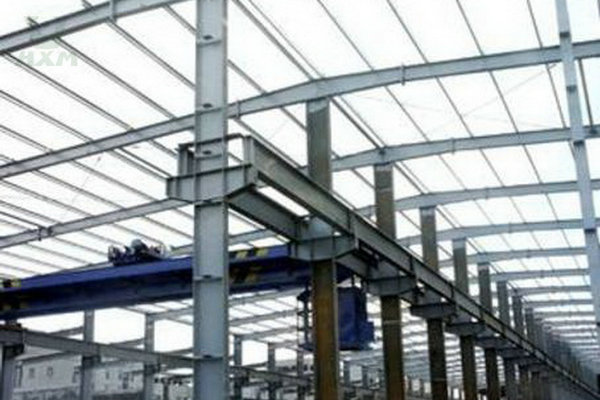
What is ASME SA36?
ASME SA36 is essentially the same as ASTM A36, but it is a standard developed by the American Society of Mechanical Engineers (ASME). ASME SA36 is essentially the same as ASTM A36 in terms of material properties and technical specifications, but its ASME-specific certifications may make it more suitable for certain engineering applications.
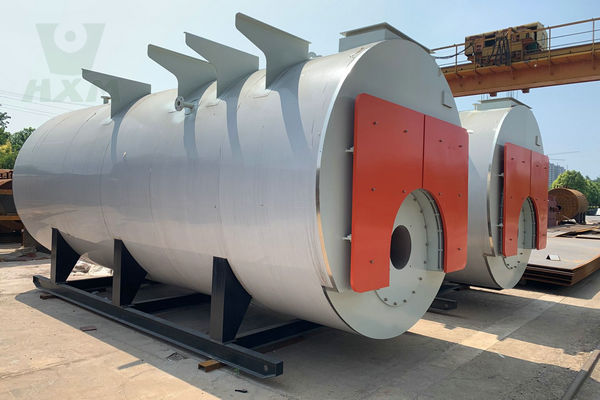
The Difference Between ASTM A36 & ASME SA36
ASTM A36 and ASME SA36 are both widely used carbon structural steels that are commonly employed in various industrial applications. While they might seem similar at first glance, there are subtle differences between the two that are important to understand when considering their applications. Let’s delve into the dissimilarities between ASTM A36 and ASME SA36 to gain a better grasp of their distinctions and applications.
Chemical Composition and Properties:
Both ASTM A36 and ASME SA36 have identical chemical compositions and mechanical properties. They are both known for their excellent weldability and machinability, making them versatile choices for a wide range of projects. Their similar properties make them suitable for various structural and mechanical applications where moderate strength and good formability are required.
| Element | ASTM A36 (%) | ASME SA36 (%) |
|---|---|---|
| C | ≤ 0.26 | ≤ 0.26 |
| Mn | 0.60–0.90 | 0.60–0.90 |
| Si | ≤ 0.40 | ≤ 0.40 |
| P | ≤ 0.04 | ≤ 0.04 |
| S | ≤ 0.05 | ≤ 0.05 |
Mechanical Properties Comparison:
| Performance | ASTM A36 | ASME SA36 |
|---|---|---|
| Yield Strength (MPa) | ≥ 250 | ≥ 250 |
| Tensile Strength (MPa) | 400–550 | 400–550 |
| Elongation (%) | ≥ 20 | ≥ 20 |
Note: The mechanical properties standard of ASME SA36 is generally consistent with that of ASTM A36, but due to its application in the field of pressure vessels, its manufacturing, inspection and certification processes are more stringent.
Certification and Application:
The most significant difference between ASTM A36 and ASME SA36 lies in their certification and specific applications. ASME SA36 is essentially the same as ASTM A36, but it is certified by the American Society of Mechanical Engineers (ASME). This certification makes ASME SA36 more suitable for certain specialized engineering applications, such as pressure vessels or boilers. On the other hand, ASTM A36 is more commonly used in general structural projects, without the specific ASME certification requirements.
Other Differences:
Are ASTM A36 and ASME SA36 interchangeable?
It is generally not recommended to interchange, especially for ASME projects that require SA series steel.
Can ASTM A36 be used to manufacture pressure vessels?
Not recommended. Although the composition is similar, ASTM A36 may not meet ASME’s manufacturing, testing, and certification requirements.
What is the difference in price?
SA36 is generally slightly more expensive because it has more certification requirements.
Choosing the Right Material:
When selecting between ASTM A36 and ASME SA36, engineers and professionals need to consider the specific requirements of their projects. If the project involves the use of pressure vessels or boilers, ASME SA36 might be the more appropriate choice due to its specialized certification. However, for general structural projects, ASTM A36 could be the more cost-effective and readily available option.
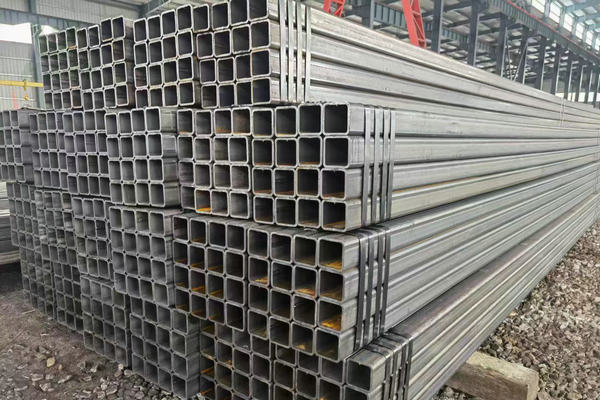
In Conclusion:
Understanding the nuanced differences between ASTM A36 & ASME SA36 is crucial for making informed decisions in engineering and construction projects. By carefully considering the specific needs and certifications required for a project, professionals can ensure the successful implementation of their designs and constructions.
Although ASTM A36 and ASME SA36 are similar in performance and composition, their application scope and standard requirements are significantly different. In actual use, the corresponding standard steel should be selected strictly according to the project specifications.
If you need ASTM A36 or ASME SA36 steel plate spot, price consultation, and specification customization, please contact Huaxiao Metal Team, we will quote you within 24 hours.


